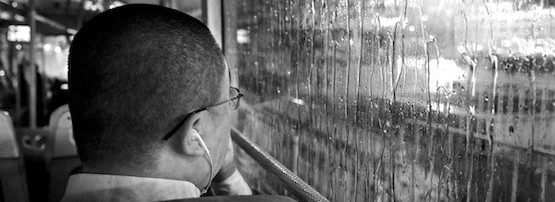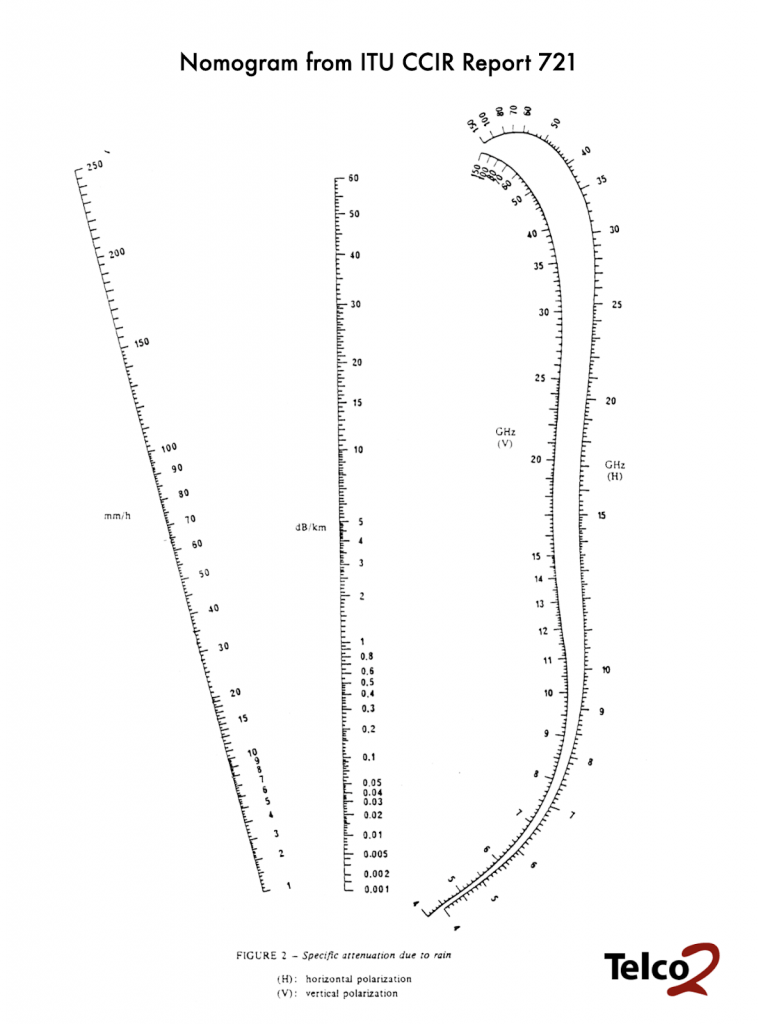
Climate change brings extreme weather events, even in economies used to calmer weather conditions. That could be very heavy rainfall, which as any wireless engineer knows can spell trouble for microwave transmissions, especially at higher frequency bands.
One such extreme weather event was the rainstorm that hit the northernmost part of New Zealand on 17 and 18 July 2020.
Te Ratonga Tirorangi Metservice meteorologist, Thapi Makgabutlane, said that for July 2020, the main Northland city of Whangarei received 448.4mm of rain in total for the month.
Further northeast, the town of Kaikohe saw even more rainfall at 479.8mm for the entire month of July. Both Whangarei and Kaikohe received 200mm or more on 17 July, with peak rain rates well over 50mm an hour, Makgabutlane said.
Dish it out, don’t fade away
That’s quite a bit of water, especially when you consider that tropical downpours are usually approximately 100mm/hr, Singapore-based Telco2 Principal Consultant, Jon Brewer, noted.
With peak rain rates like the 56.8mm/hr that Kaikohe had, there could be some periods of time where the number exceeds 100mm/hr or even 150mm/hr, Jon said.
The really heavy downpours don’t tend to last long but at higher frequencies, there will be dropouts in the heaviest of storms, he added.
“Attenuation due to rainfall has a far higher impact on frequencies above 10GHz than it does on frequencies below 10GHz.
“There’s virtually no impact on 5GHz; 11GHz just starts to see issues, and 80GHz is hit pretty hard,” Jon said.

He engineers for 150mm/hr in tropical areas just to be safe.
To handle large downpours and mitigate against signal fade, operators should ideally use the largest dishes possible, like three to four metre ones, Jon suggests.
Having path diversity at the same frequency in a ring topology also helps. When one link loses capacity due to fade, traffic can be routed — presumably via MPLS tunnels that have some signalling from the modulation of the radio — the other way around the ring.
Adding frequency diversity with platforms that aggregate multiple links at different microwave frequencies and combine them into a single carrier, also adds resilience against rain fade.
Some providers use straight failover between high microwave frequencies and 5GHz, since the lower band doesn’t really suffer rain fade.
It is now possible to buy equipment that supports 80GHz and 5GHz off the shelf, on the same dish. These have auto failover from 80 to 5GHz when the received signal levels drop below a certain level, Jon said.
The best laid wireless plans
Hayden Simon is the founder of Uber Group, which provides broadband service across the Northland region in New Zealand using a mix of technologies, including fibre and wireless.
Much of Northland is rugged with mountain ranges and inland harbours that make remote areas difficult to reach, and Uber Group uses microwave links in some as the backhaul.
Hayden explained that there are some real challenges when it comes to engineering in reliability for microwave links.
Uber Group users large, 1.2-metre dishes, where practical, which is a key consideration as it’s not always feasible to put up the big, round and very noticeable aerials.
“Larger dishes require big structures to support them, owing to weight and wind loading,” Hayden said.
Super-sizing dishes to, for example, 2.4 and 3-metre ones adds to the problem.
To support such large dishes, which are required to be ten metres above the ground, a very substantial supporting structure is needed.
“It’s possible, but not always practical, or economic, and would be visually horrific,” Hayden said.
Power draw is also an important consideration. It is usually between 40 to 60 watts per outdoor unit with cross-polarization interference cancelling systems; Adding another one to get, for example, 2Gbps speed doubles the power draw.
This might not sound much until you start dimensioning and pricing up solar power for the outdoor units (ODUs) because AC power often isn’t practical or economical at the deployment location.
Even when you have a topology that allows for failover, and frequency diversity, nature can overpower it.
When the July rains struck, one section of Uber Group’s network using an 80GHz primary link over 3.6kms, providing 10Gbps became impaired along with an 11GHz backup on a different geographic path that was fed via a 13GHz set-up over 9kms using 1.2-metre dishes, Hayden said.
There was a fall-back to a 5GHz ring, but the lower frequency did not have the capacity of the higher frequency links to carry the load, nor could it be practically engineered to do so, Hayden explained.
Uber Group is now looking at deploying more fibre where possible, and bolstering its microwave links where feasible, in different frequency ranges. But it’s not an easy problem to solve.
5G mmWave vs rain
Mobile voice and data communications use radio frequency spectrum in a variety of bands to provide high-throughput rates. The latest 5G technology iteration adds the so-called millimetre wave (mmWave) bands above 24GHz between cell towers and user devices.
For the Asia Pacific economies mmWave would be in the n257 band, which is 28GHz.That’s a very high frequency band, so how will it cope with heavy rain?
Nokia New Zealand Chief Technology Officer and Technical Specialist, Riku Luostari, explained that while the lower frequencies ranging from 700MHz to 3.8GHz, or below 5GHz generally, don’t suffer rain-related radio attenuation, above that, precipitation can have a big impact.
“Let’s look at 28GHz: the additional attenuation 1km away from the cell site to a device in torrential rain would be about 20dB, meaning that the service would be massively reduced or even dropped,” Luostari said.
Does it really matter though? Probably not for 5G end users.
“The radio propagation in general on mmWave is poor and typically serves users only a couple of hundreds of metres away. Torrential rain can have some impact on the device near the edge of the coverage, but it would not be huge,” Luostari added.
As mmWave or microwave are used as transport links typically in remote rural locations where fibre connections aren’t available, over long distances spanning tens of kilometres, rain impact can be huge.
Heavy rain could cause tens of dB of additional attenuation Luostari said.
In that case, the signal could drop below the noise level, and the backhaul connection to the cell site would be lost until the rain eases.
“If there is no transport to the base station, it cannot operate and devices cannot use it,” Luostari said.
Operators are aware of this and are slowly but surely replacing microwave links with more reliable fibre connections.
However, for a long time to come a small percentage of locations that are difficult or impossibly expensive to reach with fibre will continue to be served by microwave links, Luostari added.
A wetter world ahead
Where climate change will take us, nobody knows, but one thing meteorologists have observed is that we can expect much more rain.
Since we use an increasing amount of high-frequency spectrum for a variety of communications technologies — not just terrestrial but satellite as well, such as SpaceX’s upcoming Starlink broadband service from a low-earth orbit — rain fade will have to be factored into radio engineering.
Juha is a technology writer and journalist, based in New Zealand. He is a contracted contributor to the APNIC Blog.
The views expressed by the authors of this blog are their own and do not necessarily reflect the views of APNIC. Please note a Code of Conduct applies to this blog.
